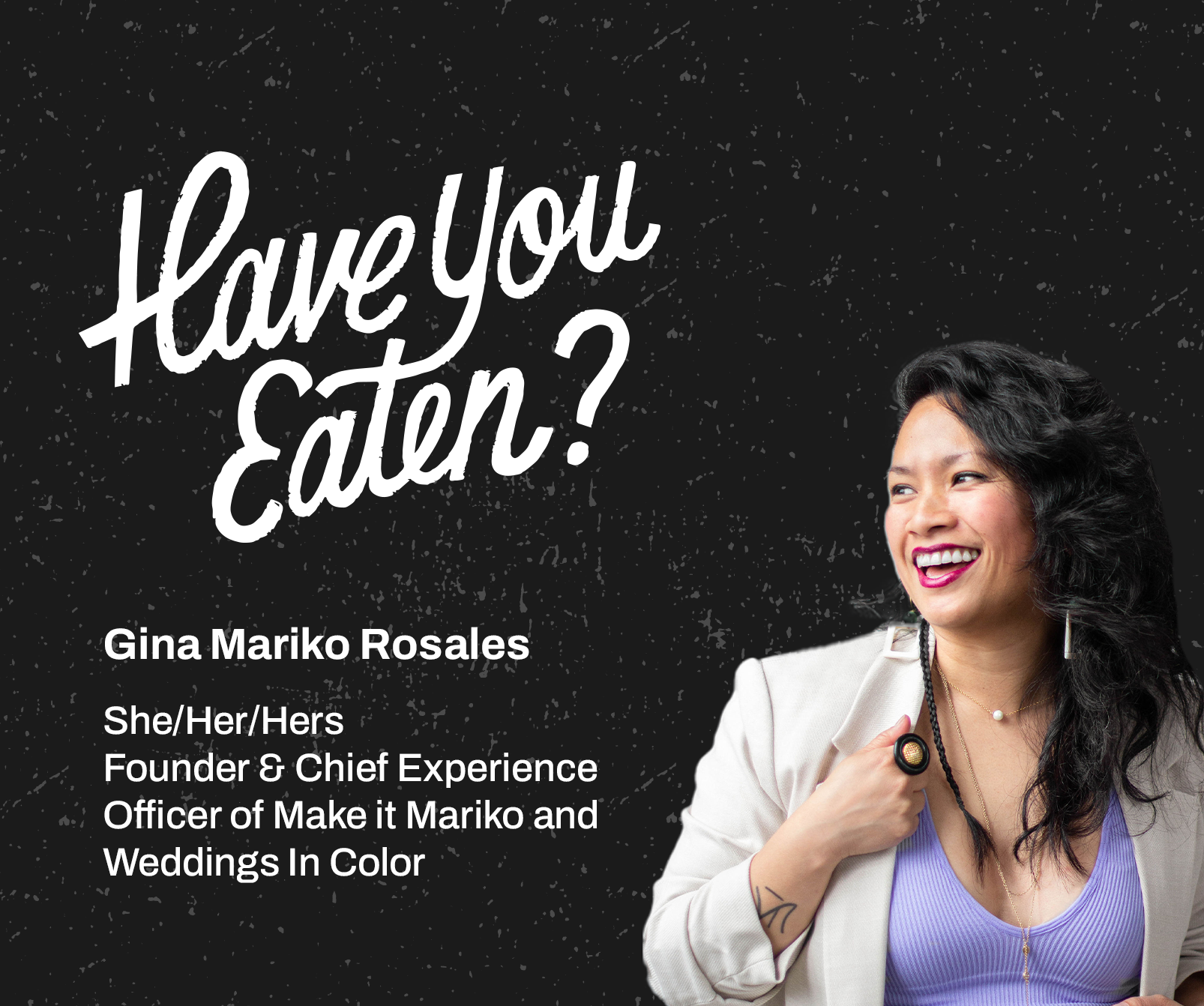When I was living on my own for the first time after college, a guy I was seeing looked over at me from the driver’s seat of the car and said with a hushed, mock-incredulous tone: “You’ve never had bibimbap?”
As a Korean adoptee who grew up in white, rural Pennsylvania, of course I had never tried bibimbap. I had never even heard of it! The only Korean food I had ever tasted was impossibly chewy, overcooked “bulgogi” at the end of a week at summer heritage camp as a kid. Though the opportunity to try Korean foods wouldn’t have been readily available anyway, that singular camp experience had subconsciously turned me off from a major component of the culture that I had been born into.
Bibimbap was my first true experience with Korean food, and I was delighted to find that the thinly sliced meat in my bowl wasn’t chewy at all. It includes all of my favorite, savory things: Comforting, sticky rice (Bibimbap literally means “mixed rice”), the foundation for a bowl of carefully arranged marinated meats, an array of colorful sauteed vegetables, a runny egg on top if that’s your preference, and the signature bright chili gochujang sauce you can add to your heart’s content. If you’re on one of the coasts of Korea, various pieces of fish or seafood replace the meat. In Jeju, barley or millet may be substitutes for rice.
Becoming truly popular in America in the 90s, we took something simple and delicious, highlighted its flavors, showcased the ingredients for blog-worthy content, and voilà! A simple, aesthetically pleasing, palatable gateway food for mainstream Americans to taste the flavors of Korean culture entered the repertoire of food options in cities and suburbs. The truth is, it has humble roots in cleaning out the pantry or ensuring the leftovers still sitting in banchan (반찬) bowls around the table, or bapsang (밥상), won’t go to waste.
After meeting my birth father, his wife, my sister, and his three siblings in the summer of 2022, my family and I had an opportunity to move to Korea in 2023. Spending time with them in my Appa’s country home in the South Jeolla Province, I watched as my uncle, giving me a wink from across the bapsang, unceremoniously dumped all of the leftovers from the table into a large, metal bowl, and began mixing. He sat and ate all of the rice, pickled radish, cabbage, sprouts, and seafood that he combined, and didn’t even break a sweat.
The first time I was witness to this, I watched in wonder, understanding for the first time the origins and practical purpose of bibimbap. I smiled at the vision of how, in contrast, it looks so neat and pretty when it arrives at your table at a restaurant, each vegetable in a tidy pile next to the other on a bed of rice, a bottle of signature red sauce on the side for you to add at your leisure.
No matter how you take your bibimbap, the next time you’re partaking, pretend you’re sitting crisscross-applesauce on the floor with your family. A floor where, when the table is cleared off and rolled away, you’ll fall over in the very spot where you ate to take a nap.
Bibimbap mixes the ingredients of life in a way that means togetherness. You can feel it in the warm bowl. You can feel it in the people around your table. No matter where you’re from or where you grew up, there’s a Korean grandmother (haelmoni 할머니) somewhere who wants you to feel it in your heart.







